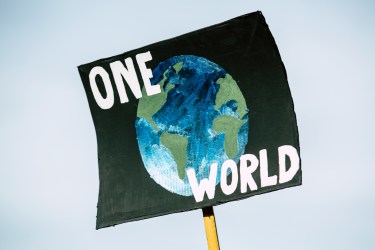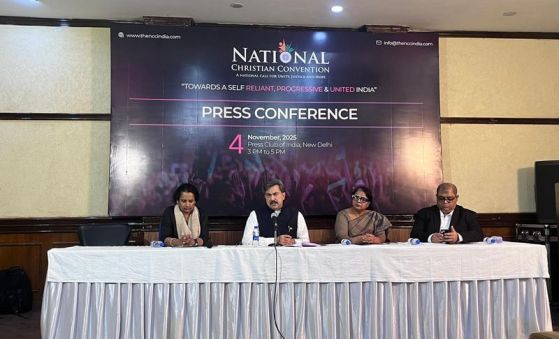
Two deadly avalanches within days in Nepal’s Himalayas have drawn renewed attention to the growing number of climbers dying on the world’s highest peaks, and to the increasing impact of climate change on mountain safety.
Days of heavy snowstorms, intensified by Cyclone Montha’s passage across Nepal last week, triggered avalanches and landslides in several parts of the country. Experts say the worsening weather shows how changing climate patterns are making the Himalayas more unstable and dangerous.
At least nine people have died in recent incidents, including five Italians, the highest number from any single nationality so far.
The most recent tragedy occurred on Tuesday when an avalanche struck a group of around 12 people at a base camp on Yalung Ri, a 5,630-metre peak in central Nepal near the Chinese border. Seven people were confirmed dead, three Italians, two Nepalis, a German, and a French climber. Four others were injured and airlifted to hospitals in Kathmandu, according to expedition organisers.
Rescuers believe the bodies of five victims remain buried under several metres of snow. “It will take time to find them,” said Mingma Sherpa, chairman of Seven Summit Treks.
Just days earlier, on 31 October, two experienced Italian climbers, Alessandro Caputo and Stefano Farronato, died in a separate avalanche while attempting to scale Panbari Himal, a remote 6,887-metre peak rarely visited by mountaineers.
Ongoing bad weather and the risk of further avalanches have slowed recovery efforts across the region.
Nepal, home to eight of the world’s 10 tallest mountains including Mount Everest, attracts hundreds of climbers and trekkers each year. The autumn climbing season is generally considered safer than spring, though colder temperatures and shorter daylight hours limit summit opportunities. Recent years, however, have seen more unpredictable weather linked to climate shifts.
Last week’s cyclone brought intense snowfall and rain, leaving trekkers stranded on popular routes. Two British women and an Irish woman were among a group rescued after being trapped for several days in the Mustang region, while hundreds of others were stranded near Everest base camp.
According to the Himalayan Database, more than 1,000 climbers have died in Nepal since 1950, with avalanches accounting for roughly one-third of all fatalities. While past tragedies were often blamed on overcrowding or poor preparation, scientists now warn that global warming is making such disasters more frequent and severe.
Experts note that rising temperatures are altering snow stability, increasing precipitation, and accelerating glacier melt, all factors that heighten avalanche risks. They have urged Nepal to strengthen early warning systems, build protective infrastructure, and use controlled avalanche techniques to protect climbers and mountain communities.
Adapted from Asia News.




